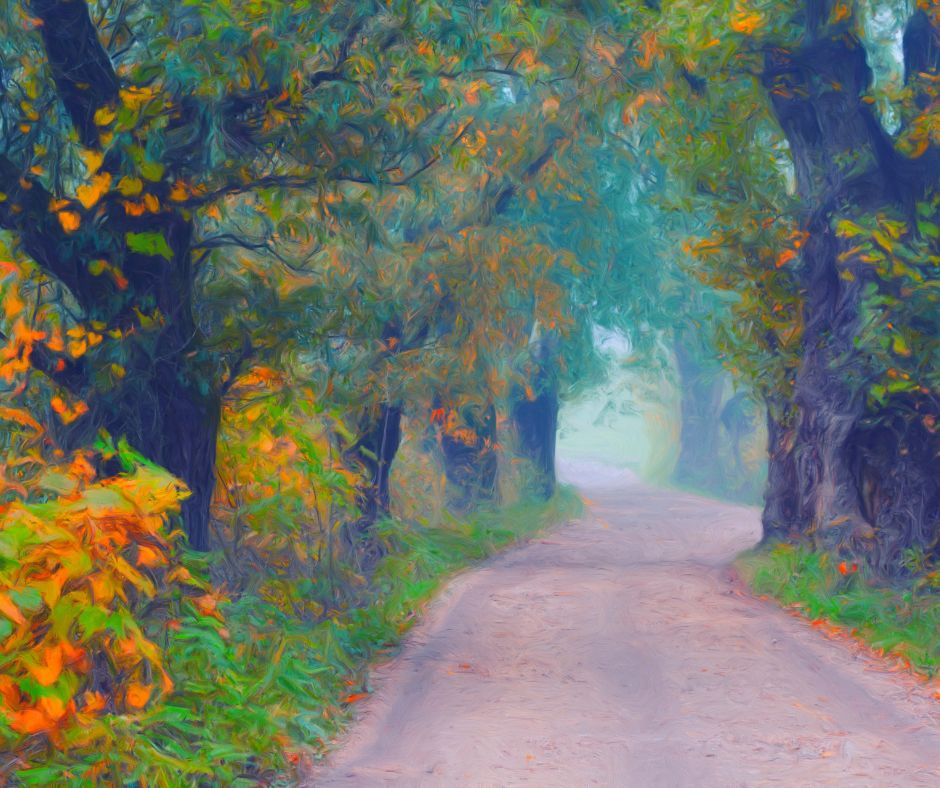
I’m in that stage of life when family gatherings are more likely to occur around funerals and memorial services than weddings, holidays, or birth celebrations. We family members promised one another at the recent gathering for my sister’s funeral that we’ll plan and attend a family reunion next summer with no other focus than to enjoy one another’s company and have fun together.
But I’m grateful to members of my far-flung family for their willingness to get together when someone in the family has died. It seems we need each other especially at that time. I remember when my mother died, our father just wanted to have all his children and grandchildren together under the same roof.
I’m proud of how well we work together at such challenging times. We have many differences in our religious, spiritual, and lifestyle values and practices but one unifying force is our belief and dedication to the arts to help us address our grief. We know that the arts’ superpowers lie in their ability to transform individuals and communities from a less desired state to a more ordered and peaceful one. Nowhere is this more clearly demonstrated than when various art forms are brought together in the rituals of a well-crafted funeral or memorial service.
We enter heart-broken by our loss and are soothed, uplifted, unified, and inspired by the beauty of the architecture and design of the space, the floral arrangements, the music, the laughter and insights gained from the stories that honor the person’s life, the poetry that is recited, the songs that are sung. But in our multicultural, pluralistic culture, such harmony is not always easy to achieve. Members of different generations in a family often have different ideas about what customs to follow, and how these rituals should take place. And some people just want to follow the directions in some booklet and be done with it.
But in grieving our losses, there are universals.
“Art stops time,” according to Bob Dylan, and takes us out of the “hurry up and finish” messages of our western popular culture. We enter liminal time, “the space between the worlds” as indigenous people refer to it. There our rational mind becomes the servant of our intuitive mind, as Einstein recommends. Now that life has turned out differently than we expected or desired– we long for closure. But in grief, there is no closure, unless we are talking about the person who has died. For those remaining, there can be a kind of resolution, a closure to an episode. Art, performed in the presence of witnesses, provides a way into our grief, – a beginning, a middle progression, and a way out – an opportunity for completion of a particular chapter of our story in this time and place. As we participants leave the ritual space of chapel or gathering circle, or burial ground, we are different than when we came in.
Though each of our lives have specific losses and specific gifts of grace, we all share the common challenges chosen for us by history and fate. This is the raw material from which we fashion our lives. Like an artist who creates her art through the arrangement of found objects, we create an artful life by making art out of what happens to us, and discover that, in community with others on the path, order and beauty and repetitive musical rhythms are where our souls find their way home.

